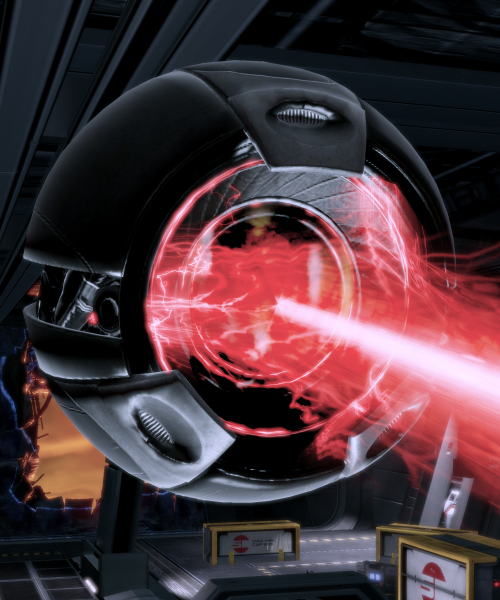Dr Who is one of my first TV memories. I even got a Chad Valley toy projector with Dr Who slides.
There seems to be a current obsession with political correctness regarding the next Doctor, so I thought I’d throw in my two pennies worth. As you probably know if you are a regular reader, I’m not a big fan of PC. I much prefer actual truth to adjusted truth, whatever it looks like.
Dr Who was originally intended to have 7 lives and when he dies, he regenerates into a new body, convenient since that allows the character to remain but a new actor to take over. Those 7 lives are now long gone, and the original 7 has conveniently been dropped from the lore ages ago. The gender of the Doctor remains male, as in the original set of books, allegedly, but there is much debate about changing Dr Who to a woman. Some people object to that.
I don’t care either way since it has become so dull and predictable and PC that I never watch it any more anyway. Any sci-fi interest has long since been replaced by blatant activism. Now there is more debate on whether Doctor should be gay or a different color. All 13 so far (though I haven’t seen the last several episodes so I might be out of date) have been straight white men. Shouldn’t he/she be black or at the very least, non-white? An interesting question, hence my blog.
We do have some base for an answer. Regenerated Doctors don’t look like their predecessors, so genes related to appearance are presumably ignored, whereas the Doctor retains the same overall biology and species, keeping two hearts for example and remaining humanoid, so many genes are acted on. Does that apply to gender? Who knows, who cares? If it is important to stick to the lore, then he should remain male. If not, then it should really be on the basis of whichever actor or actress could play the character best.
What about race then? If he was human, then why not be another race? Most humans are not white, so if the Doctor were human, and genetics doesn’t count, then gender and race should presumably be random. However, again, any story is entitled to stick to its lore. Dr Who is not human, but an alien from Galifrey, in which case, to be scrupulously fair, I’d expect regenerations to follow the statistical demographic mix on Galifrey. I’d have to say they do based on episodes that show crowds on Galifrey.
Given that the default from the original stories is for Dr Who to be a straight white male, surely it is sexist or racist or anti-straight to demand he be anything but. If the series were about ancient Egyptians, few people would be demanding Cleopatra be played by a white man.
In fact, given that the stories have all had British Doctors, since they were aimed at a British audience, then it could be argued that Doctors should follow the racial mix of the UK. Due to recent immigration, BME Brits now make up about 10% of the current population, but that proportion was much lower in the past. If we calculate the probability that all 13 Doctors would be white if each were based on the racial makeup of the UK at the time of casting, then the probability that all would be white is about 40%. Slightly less than average, but certainly not evidence for any discrimination.
If, and that’s a big if, we now make the concession that all future Doctors should be randomly chosen to represent UK ethnic makeup rather than ‘sticking to the lore’, which is important to many viewers, then obviously 50% from now on should be women and around 10% of future Doctors should be non-white, with 2% black and the rest from other BME variants. If the average Doctor Who actor survives 4 years in the role, then we should certainly expect a woman to play the Doctor soon, but only start worrying about racial discrimination if we still haven’t seen a BME Doctor in the next 6 or 7 regenerations, i.e. by 2045. Complaining before that is just anti-white racist activism with no factual basis.








